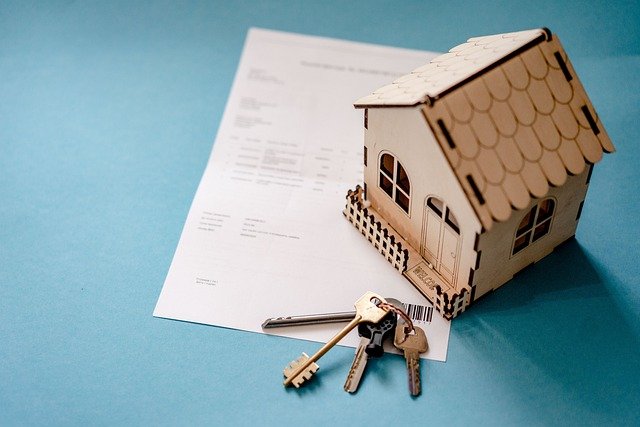Seizing Opportunities in the Emerging Tiny House Market
In recent years, the real estate market has seen a significant shift towards smaller, more efficient living spaces. While this trend was initially driven by economic necessity, it has since evolved into a lifestyle choice, reflecting a growing desire for simplicity, sustainability, and financial freedom. This article will delve into the rise of the tiny house market, exploring its origins, current trends, potential benefits, challenges, and its overall impact on the real estate industry.

A Brief History of the Tiny House Movement
The tiny house movement traces its roots back to the early 2000s, when a growing number of people began to question the “bigger is better” mentality that had long dominated the housing market. In the wake of the 2008 financial crisis, this movement gained momentum as people sought more affordable and sustainable housing options. Today, the tiny house market is thriving, driven by environmental concerns, skyrocketing housing prices, and a desire for a simpler, less cluttered lifestyle.
Current Market Trends and Analysis
The tiny house market is projected to grow at a CAGR of 6.99% from 2021 to 2026, reflecting a growing interest in minimalist living and sustainable housing solutions. This trend is particularly pronounced among millennials, who are increasingly prioritizing experiences over possessions and seeking alternatives to traditional homeownership. In addition, the COVID-19 pandemic has heightened interest in tiny homes as people seek more affordable and flexible housing options.
Advantages and Challenges of the Tiny House Market
The tiny house market offers several advantages for buyers, sellers, and investors. For buyers, tiny houses provide an affordable alternative to traditional homes, allowing individuals to achieve homeownership without incurring significant debt. For sellers and investors, the growing demand for tiny homes presents a lucrative opportunity.
However, the tiny house market also poses a number of challenges. Zoning laws and building codes can pose significant hurdles for tiny house owners, and financing options are often limited. In addition, tiny houses may not appreciate in value to the same extent as traditional homes, potentially limiting return on investment.
The Impact of the Tiny House Market on the Real Estate Industry
The rise of the tiny house market has significant implications for the real estate industry. It challenges traditional notions of homeownership and prompts a reevaluation of what constitutes a desirable living space. In addition, it presents new opportunities for real estate investors, who can capitalize on the growing demand for tiny homes.
In A Market with Potential
Despite its challenges, the tiny house market represents a promising opportunity for buyers, sellers, and investors alike. As society continues to evolve, it is likely that the demand for tiny homes will continue to grow, reshaping the real estate landscape in the process. Therefore, it is crucial for those involved in the real estate industry to understand and adapt to this emerging trend.




